Budapest, Hungary: A Classy Yet Affordable City (Day 1)
- That's How We Travel

- Jan 1, 2021
- 3 min read
Updated: Jan 22, 2023
Summary. Roughly 2.5 hours by train from Vienna, this capital city of Hungary consists of a cross-section of multiple cultures making the food, architecture, and overall experience unique from the other Central European cities we visited. Hungary is also unique in that the language is linguistically unlike any other major European language. This city situated on the Dunabe River, used to be comprised of two Cities: Buda and Pest. While the unification occurred in 1873, the boroughs are still designated as either being in Buda (23) or Pest (16) + Csepel Island. Central Budapest, beautifully preserved and designated as a UNESCO World Heritage Site, was walkable for our active family but possible out of range for some. Public transportation is available. In terms of cost, Budapest is very affordable compared to many other European Cities. Lodging, restaurants, and entrance tickets were all remarkably inexpensive.
St. Stephen’s Basilica: Our first full day in Budapest began with an early morning visit to Starbuck's near St. Stephen's Basilica, which unexpectedly didn't open until 9:30 a.m. At the time, we confessed to our Starbuck's visit on social media, so we mind as well do it again here. Starbuck's happen to be open, close to the Church, and an admittedly nice reminder of home after 14 days in Central Europe.
Afterwards, we visited St. Stephen's Basilica, which is dedicated to the holy king of St. Stephen, the founder of the Hungarian state. Construction on this Roman Catholic church began in 1810. The lookout tower has great views of the City, which I skipped per my usual irrational fear of enclosed spiral staircases. The rest of the family, though, reported beautiful views.
Next we explored a bit of the City before heading over to Andrássy út, a Boulevard that leads to Heroes' Square.
At note about the old woman beggar (below). We were advised by a couple locals that there are these women who are scammers preying on generous tourists. Sure enough, we noted several similar women in almost identical clothes in all of the high tourist areas of the City.
Next we walked the boulevard, Andrássy út (Andrassy Avenue), that hosts the Opera House and many foreign Embassy's. On our way to Heroes' Square, we walked through the grounds of Vajdahunyad Castle. Built in 1896, along with Heroes' Square, as part of the Millennial Exhibition celebrating 1,000 years of Hungary. The Castle hosts a museum that we elected to skip but we did enjoy the beautiful grounds. The park just across the street made for a nice spot to eat our sack lunch.
Hősök tere (Heroes' Square), known for hosting political gatherings in Budapest, was constructed as a tribute past Hungarian Kings, Conquerors, and Leaders. The Square is located at the end of Andrassy Avenue. From there, we turned back and headed to the Hungarian State Opera House for their afternoon tour.
Hungarian State Opera House: Construction on this neo-Renaissance opera house began in 1875. Tours run daily in the middle of the afternoon for approximately $20/adult. Tours include a special solo performance by an opera singer, making this tour a real treat.
In the last part of our day, we headed out for our a tour at the Parliament Building. (note some exterior photos taken on the day we purchased our tickets, hence the sun higher in the sky). Budapest's most recognizable landmark is also the central hub of Hungary's parliamentary government. Tours of the building include visiting the actual parliament chambers, as well as the Hungarian Crown Jewels. The tour is a little on the pricey side for Budapest (roughly $28/person), but it is a "must see" and worth the expense.
#travel #Familytravels #UNESCO #Parliament #StStephensBasilica #Hősöktere #HeroesSquare #HungarianStateOperaHouse







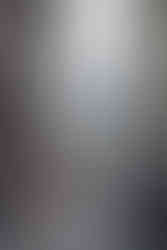








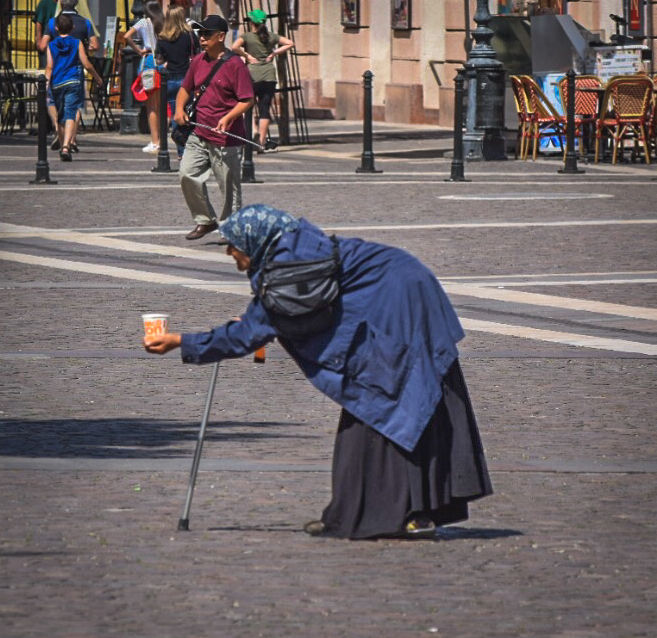















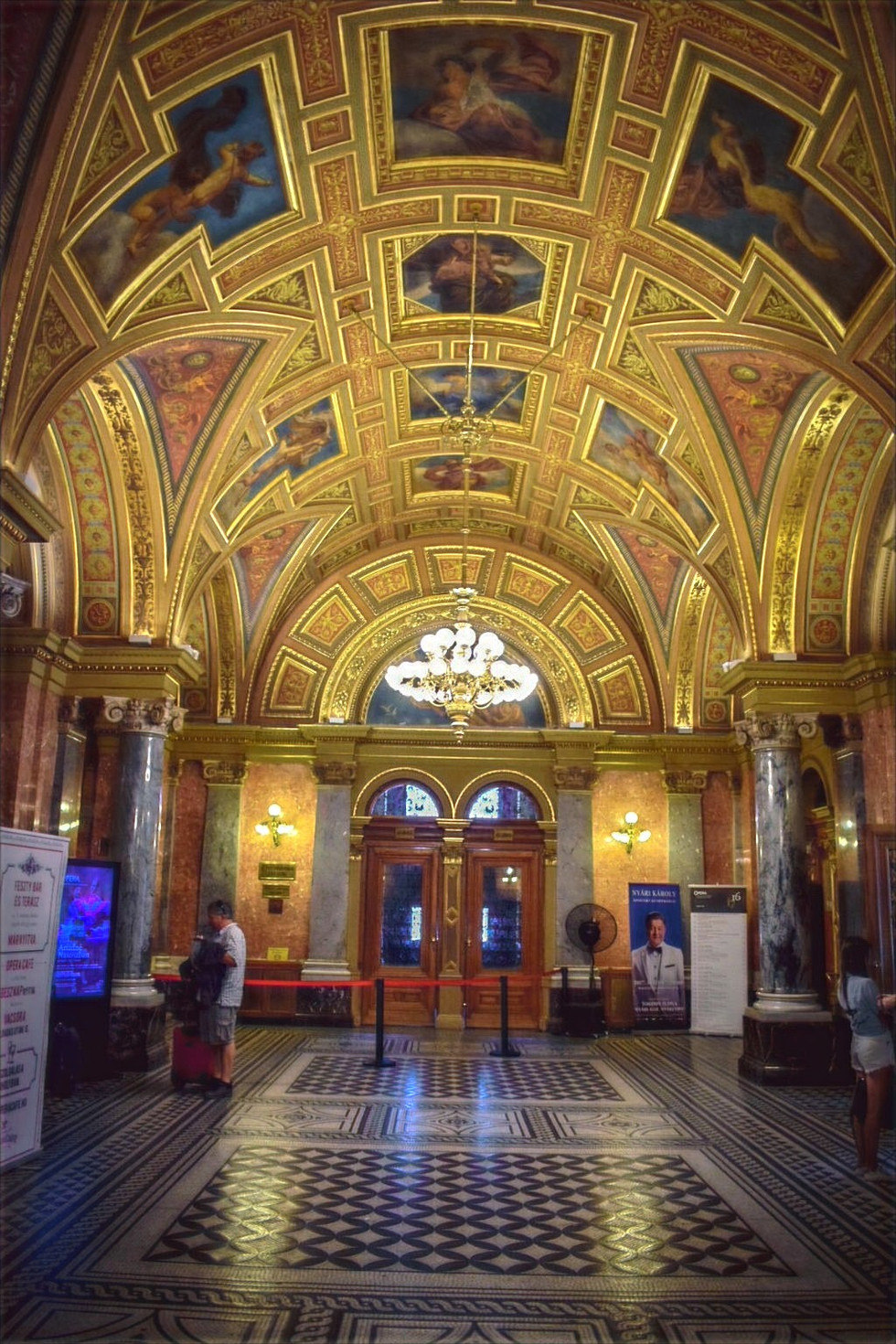





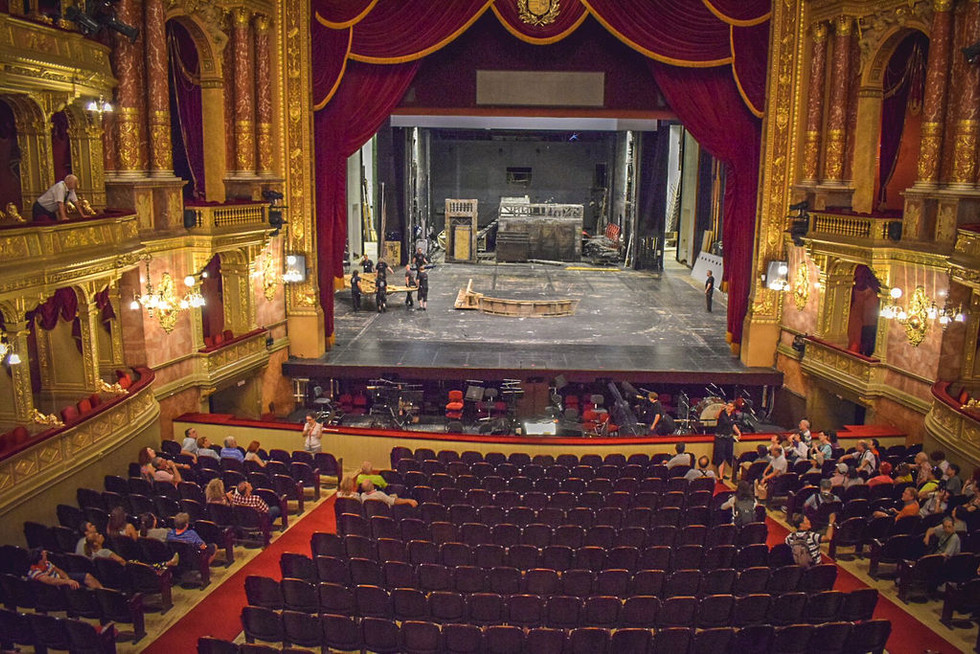








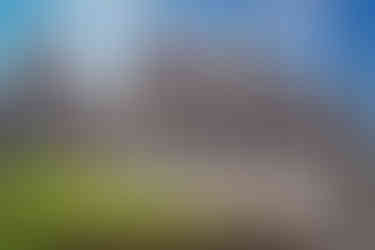
















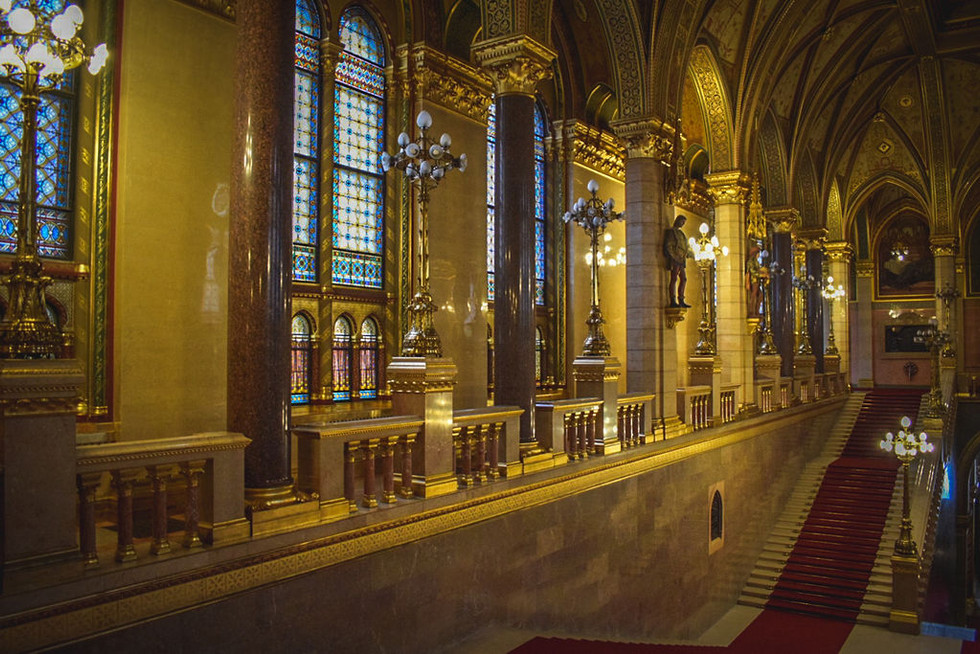


Kommentare